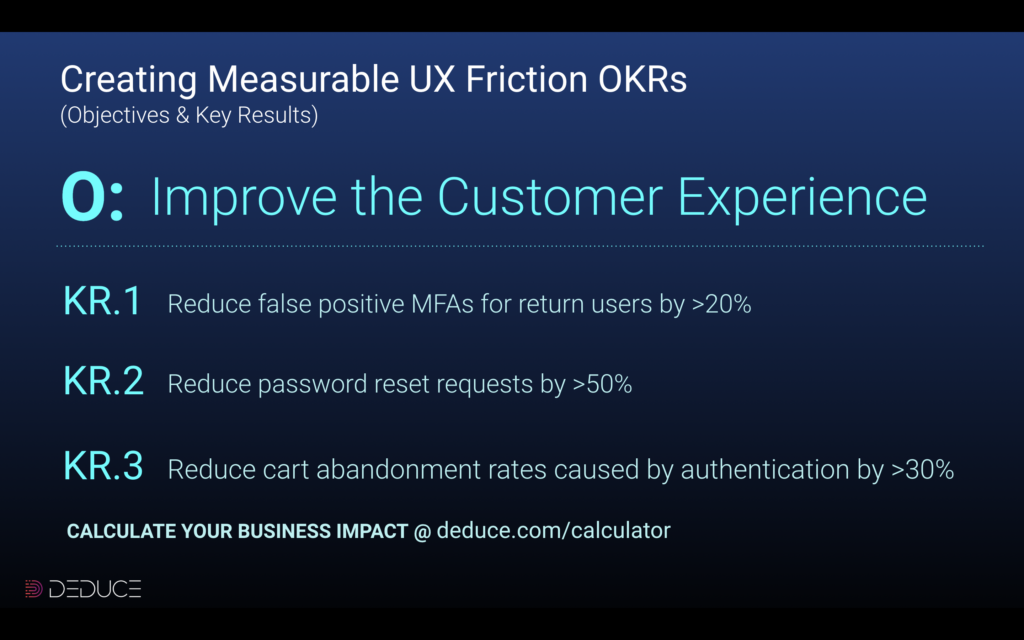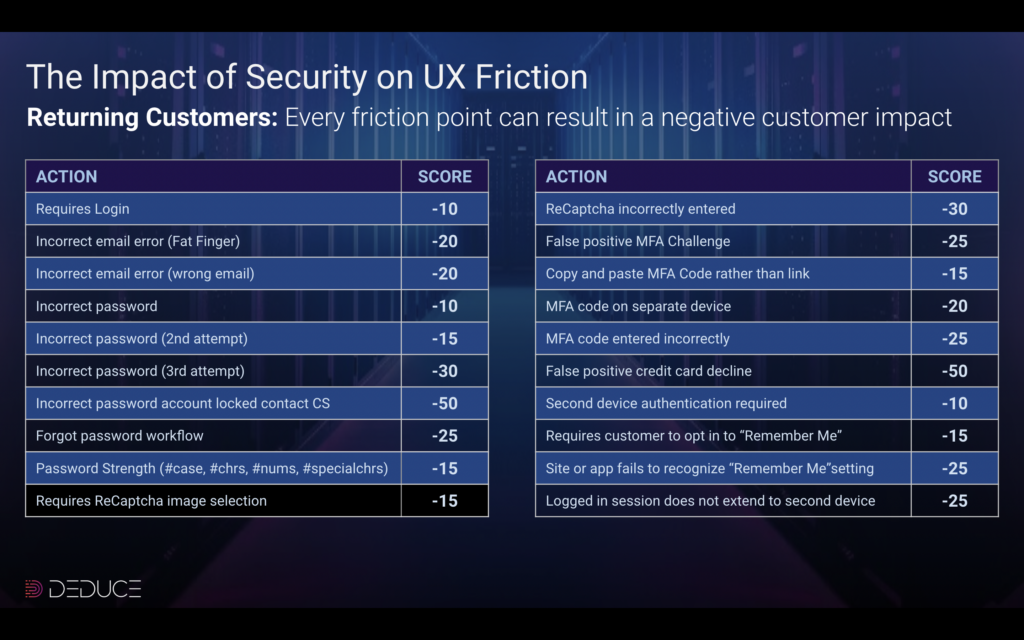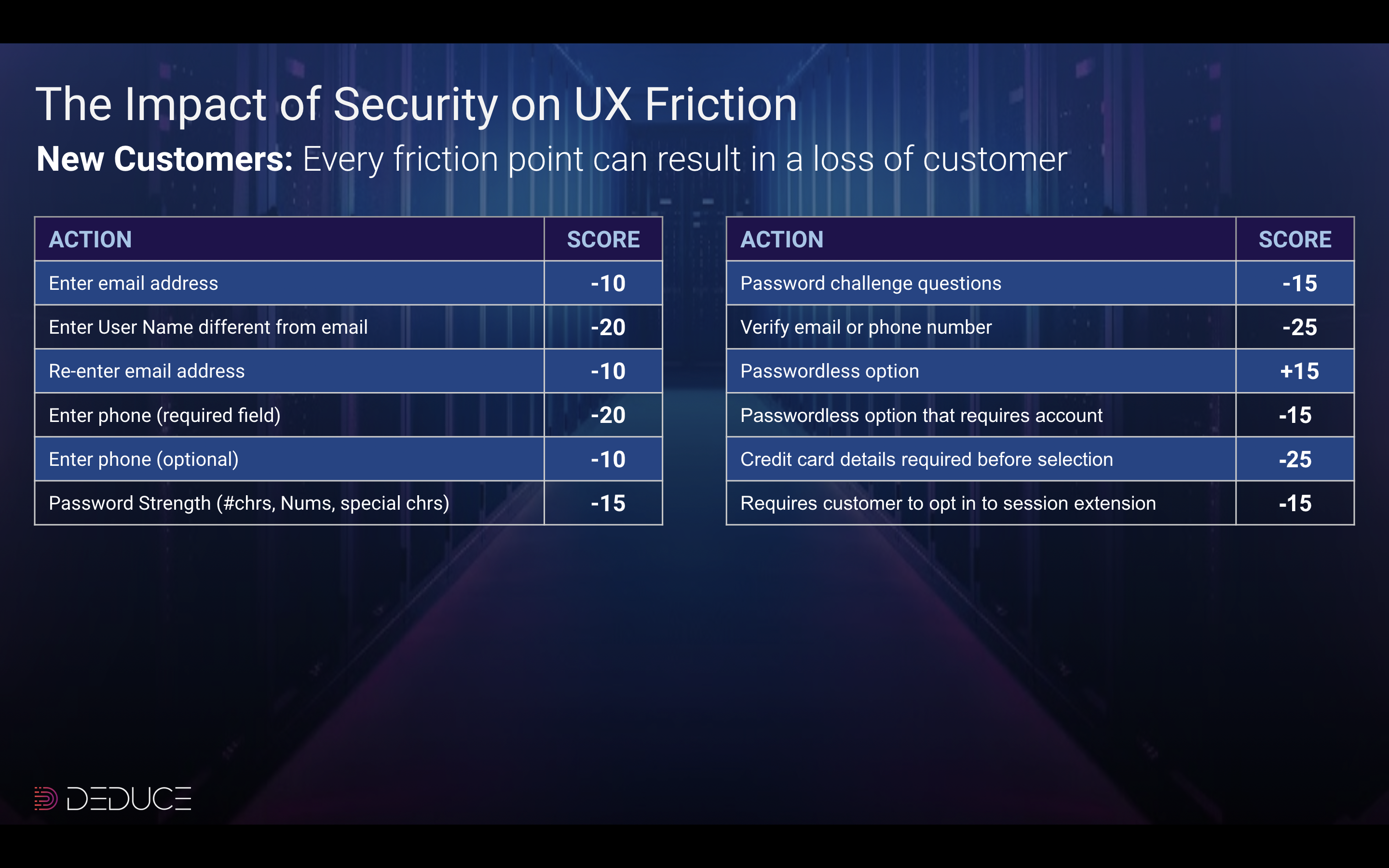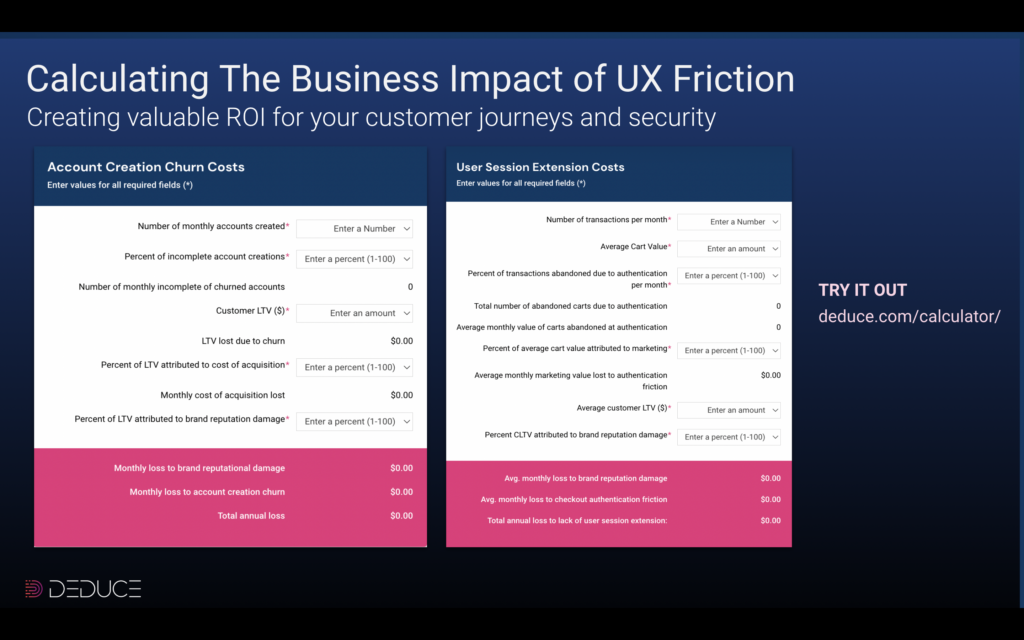The UXtraordinary Experience — Part Two: Measure What Matters
The five fundamental steps to measuring UX more effectively

The five fundamental steps to measuring UX more effectively
In part one of this two-part series, we discussed the importance of creating company-wide OKRs (Objectives and Key Results) to align your organization and teams to a set of prioritized objectives and measurable key results to improve your products, services and customer experiences. Once organizational objectives are created and communicated, each team will work together to define a set of accountable OKRs that supports the broader company goals. Tailoring OKRs for teams and individuals provides opportunities to focus on outcomes that are clear, transparent and measurable, creating alignment across regions, time zones and organizational departments.
In part two of this blog series, we will discuss how to measure what matters with new customers, subscribers and users. We’ll also outline the five fundamental steps to creating a measurement framework, along with additional tools and resources to collaborate more effectively and align to your company goals. Using these steps as a starting point to create your own framework will help your teams become more customer-focused.
Step One: Create a Team OKR that maps to your company OKRs and scales easily
The purpose of an OKR is to create an Objective (O) that is simple, clear and specific to enable teams to develop a series of Key Results (KRs). Because CX can positively or negatively impact several touch points across the organization, it is important to ensure that your objective resonates with your stakeholders, and is measurable. For example, take this company-wide objective from Part One: “Achieve Greater Scale by Increasing New Subscription Accounts.” It is easy to see how this objective can easily scale across product, user experience, engineering, security, brand marketing, sales and customer support centers.

A team Objective (O) that maps to the broader company goal would be, “Improve the Customer Experience to Increase Growth.” Key results could then include some of the following:
- Increase new account creation by >40%
- Increase return user transactions by >50%
- Reduce false positive MFAs for return users by >20%
- Reduce password reset requests by >50%
- Reduce cart abandonment rates caused by authentication by >30%
Pro Tip: Implementing shared OKRs across an organization allows each team to identify where they can improve the customer experience to increase growth, loyalty and satisfaction.
Step Two: Align a cross-functional team of stakeholders that are customer-focused
It’s important to establish a cross-functional team of stakeholders who are invested in this collaborative exercise to identify as many touch points and CX friction points as possible. Once you have identified your stakeholder team, you can begin discussing how to improve the journeys by reducing unnecessary friction for the first-time and returning users caused by identity and security steps.
Pro Tip: Look at the different dimensions of the customer journey including onboarding, return users, product experiences, marketing and support centers to better understand your customers.
Step Three: Create effective CX Journeys to better understand your customers
The third step is to create a set of Core CX journeys that define customer pain points to better understand first-time and return customer needs. User and Customer Experience Journeys help to shape and clarify where your immediate efforts should focus and prioritize areas that benefit from an improved experience that creates business value and maps to the OKRs. There are a lot of online resources to help create your core journeys, and a great place to start is with the Nielsen Norman Group where there are different articles, templates and videos to help guide you through the process.
Pro Tip: It is important to ensure that your teams work together to identify opportunities that will benefit the customer, and even validate hypotheses using qualitative and quantitative methods.
Step Four: Establish scorecards that identify gaps and friction points
After defining your top customer journeys, teams should work together to identify gaps and where improvements can be made. Throughout this process, it’s important to begin developing scorecards for first-time (new) and return customers by assigning values to each action identified. A great example of this is to identify each step, field or scenario that challenges your customers whether that is their first visit or their 50th visit.
Here are examples of scorecards that illustrate some common friction points for new and returning users.


Pro Tip: Identify how many customers are on mobile versus desktop, and whether there are additional steps for individuals who engage across multiple devices, locations and geographies.
Step Five: Align on measurements and impact to deliver outcomes and opportunities
The final step is to align on measurements that deliver positive outcomes and create opportunities. Identifying baseline measurements while establishing scorecards drives transparency and cross-functional visibility within the UX and CX. Real-time product analytics are preferred, along with dynamic dashboards that visualize the data and can be easily shared across the company—from an IC to the C-Suite. As each team will have a different focus, it is important to review the scorecards and data daily to provide a more complete picture of customer experience.
Click here to use the calculator shown below and measure how UX friction is impacting your business.

Pro Tip: Prioritize for challenges and patterns in your CX data that impact multiple areas and/or provide opportunities for continuous improvements for users, the business and brand.
The most important step: Always focus on the customer
Every company and organization is different. It is important to work together to develop a series of OKRs, scorecards and measurements that focus on the customer and create value for the business through transparency, accountability, and shared goals.
For more information about measuring friction in your authentication process, please read our previous blog post here.




